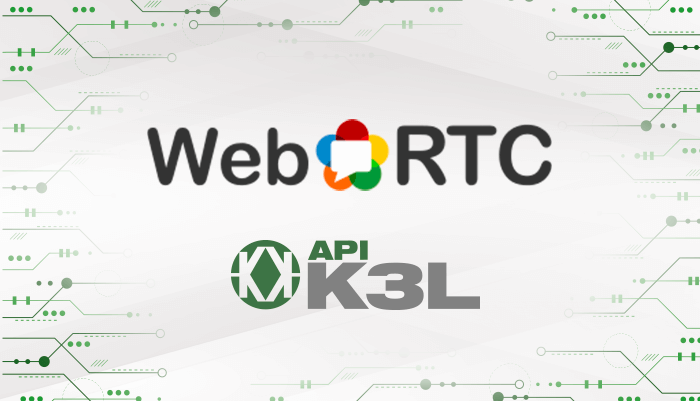WebRTC is a framework, a structure that makes it possible to create applications in real time, RTC (Real-Time Communications), directly in your Internet browser. In other words, it makes it possible for browsers like Chrome and Firefox, among others, to execute applications in real time, without the need to install any additional plug-in or other type of complementary program.
You can, for example, create a totally integrated and functional softphone in the browser itself, where security is guaranteed by the browser – which uses encryption, in accordance with norms. Another good example is the creation of click-to-call, a “talk to us” button, in sites. This way, a user can open a service call via web using a voice resource, without incurring calling costs while making it considerably less expensive for the company as well.
Applications that use WebRTC for communication in real time are numerous and varied, and include Facetime, Skype, Google Talk and iChat, as well as IP telephones. Designed to bring all of this directly to an Internet browser, WebRTC has become an important communication tool.
Complete online customer service
WebRTC is not just useful for audio. It can aggregate network components, high quality audio and video that are required for applications that use video and voice chats, in a single place so that online customer service can be complete.
In addition, it allows for the sharing of files without having to rely on a server. This makes it possible, for example, to use an Internet browser to transfer files from one computer to another, without the installation of any specific application, requiring only that the two computers involved have their browsers open to a page created for this purpose. The WebRTC uses a P2P (Peer-to-peer) connection to exchange files.
How is integration done?
These applications are possible through an API written in JavaScript, making their implementation simpler for developers.
________________________________________
API means Application Programming Interface. It is a set of software scripts and standards that allow applications to use its functions without getting into the details of software implementation.
________________________________________
WebRTC was standardized at the API level in accordance with the W3C, which is the principal organization for web standards. It was also licensed by Google, which does not charge royalties for its use, giving it the status of an open-source tool.
Quality online customer service
WebRTC offers a wide range of codecs for voice communications to guarantee a better experience for users, such as AEC, a software based echo canceling program, AGC, which performs automatic gain control (volumes), noise reduction and suppression, and control of hardware through a variety of platforms.
For video, WebRTC uses, among other things, the VP8 codec, which is a codec that “hides” possible package losses and cleans images with a lot of noise. This codec also captures and re-transmits images through the most diverse platforms.
Another important detail is the use of correction techniques for jitter buffers and errors with audio and video used, providing a solution for the effects of package losses in non-trustworthy or non-certified networks.
________________________________________
Jitter is the average time variation in delivery of packages on a network, and if this variation is too big then the packages can be lost, or get deleted, causing audio and video data transmission failures.
________________________________________
The framework also provides solutions for the problem of NAT traversal between networks, through the use of the STUN, ICE and TURN protocols. Thus, regardless of the type of NAT that is running the application, it will be possible to establish communication between the different participants of a session.
WebRTC and Khomp
The API K3L allows for direct integration with browsers that support WebRTC, performing transmission of SIP signaling by WS (WebSocket) and WSS (WebSocket secure) with the audio being transmitted by the RTP and RTCP protocols, using both clear transports (UDP, TCP), as well as encrypted ones (SRTP).
With all WebRTC applications based on Khomp products, all of the HMP VoIP may be added, such as: recording of audio, reproduction of audio, and commutation of channels, among other functions.
Find out more about the Khomp EBS and HMP families of products that support this integration and the complete WebRTC project here.
